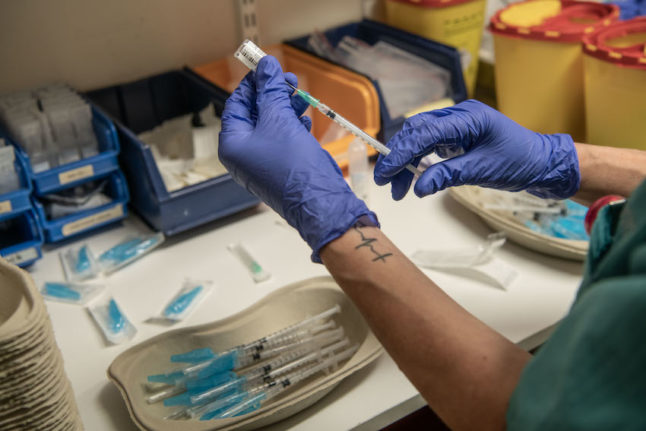The mutation “could pose a risk that future (coronavirus) vaccines won't work the way they should,” Prime Minister Mette Frederiksen told a press conference, adding: “It is necessary to cull all the minks.”
“The mutated virus could thereby have serious negative consequences for the whole world’s response to the ongoing pandemic,” she said.
Danish police estimated that between 15 and 17 million minks would need to be put down.
Twelve people are currently registered as infected with a mutated form of the coronavirus in Denmark, according to news wire Ritzau. The mutated virus is reported to respond weakly to antibodies.
Denmark’s mink industry is the largest of its kind in the world, normally producing 12-13 million skins annually.
Coronavirus has been detected at 207 Danish mink farms, Frederiksen said.
The emergency measure would effectively halt the industry for a number of years, the PM admitted.
The armed forces and fire services will be involved in culling the animals, she said.
READ ALSO: Why Denmark is culling millions of minks due to coronavirus



 Please whitelist us to continue reading.
Please whitelist us to continue reading.
Member comments